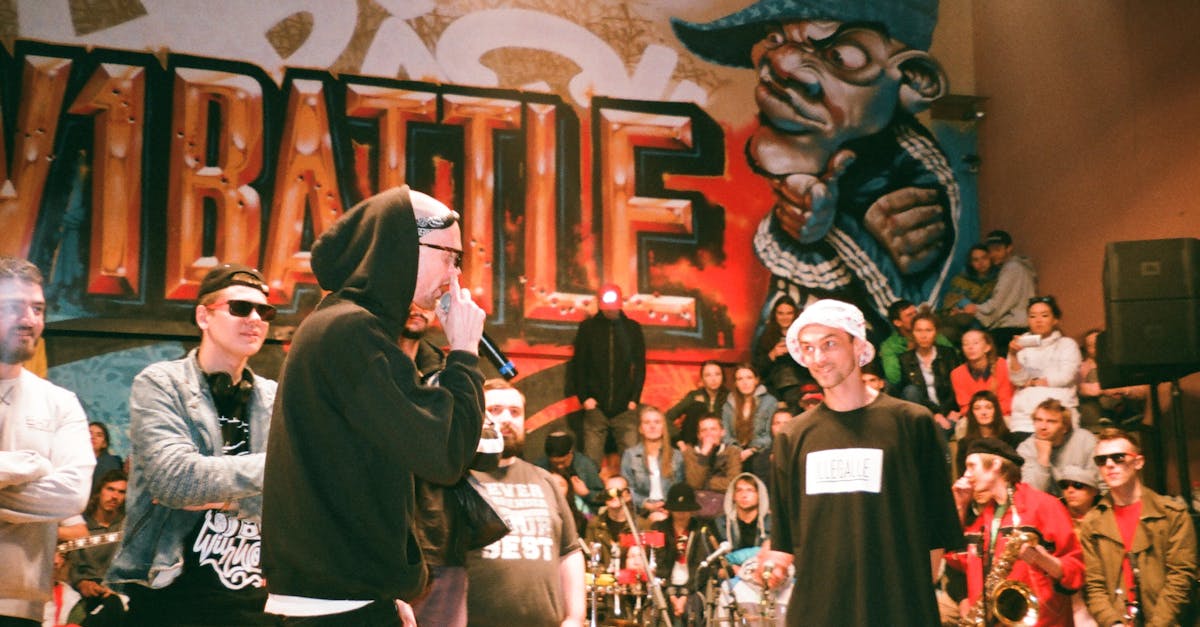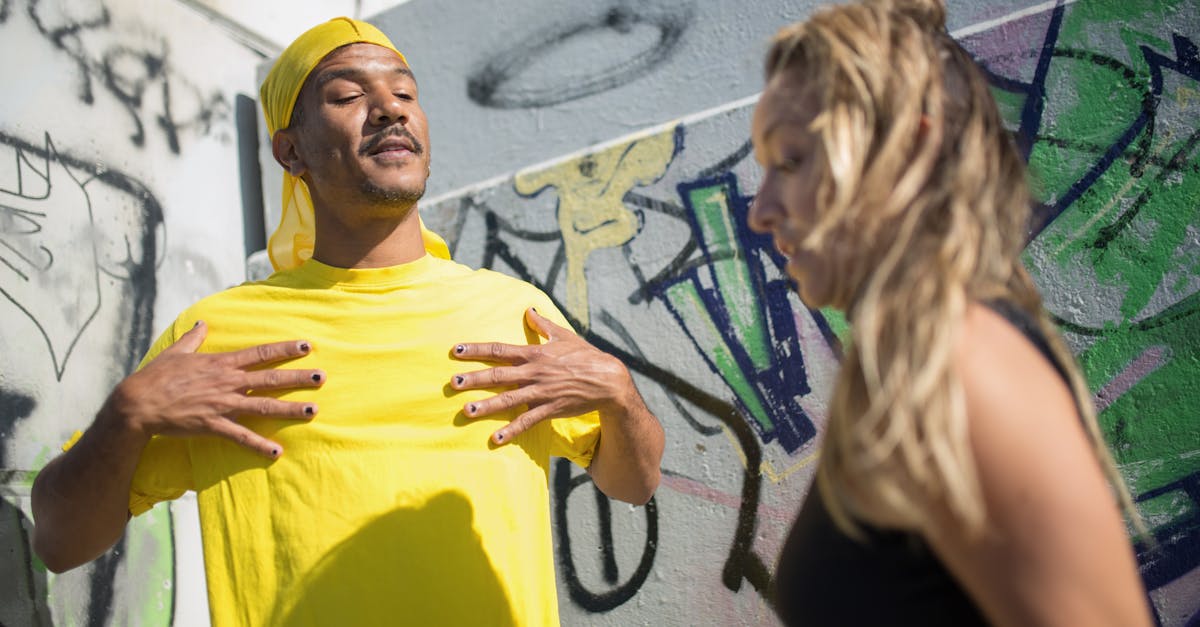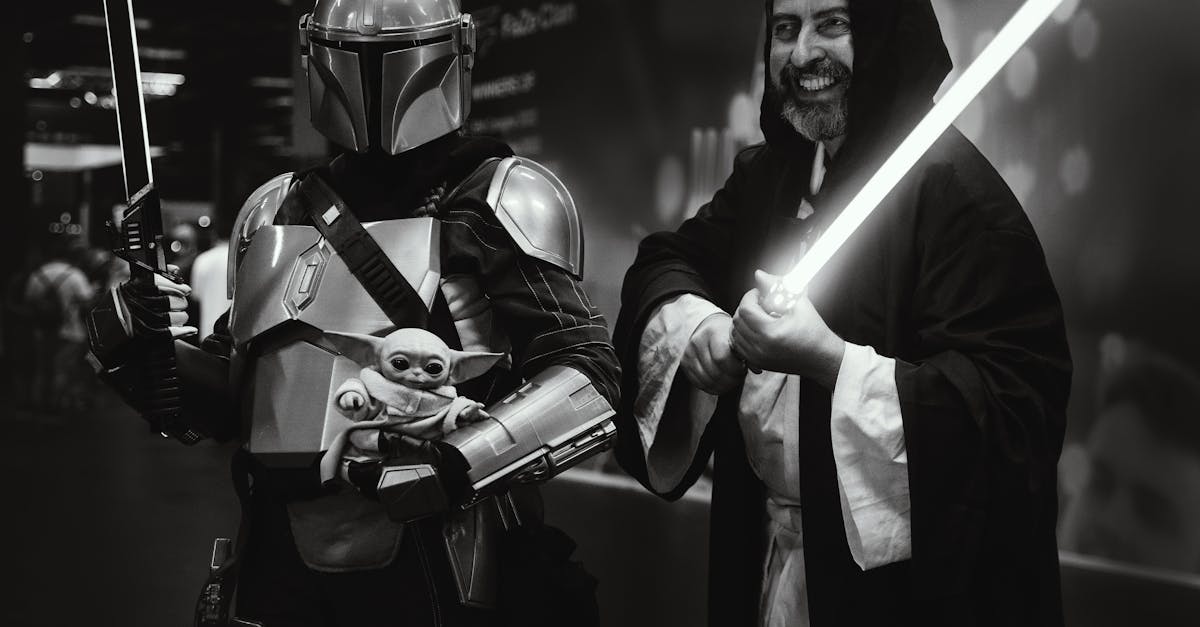Unraveling Urban Groove Beat Journeys
Introduction
Urban groove beats: a rhythmical pulse that reflects the heartbeat of city life and transcends boundaries of genre and culture. Rooted in the urban landscapes, these beats serve as a bridge between social narratives and creative expression. They have weaved their way into various musical styles, from hip-hop to funk and R&B, shaping the soundscape of modern music. But what is it about these rhythmic patterns that captivate audiences worldwide? Through exploring their history, cultural significance, and influence on modern music, we can better appreciate this ever-evolving genre. Join us on a journey as we unravel the complexities and nuances of urban groove beats.
Advertisement
The Historical Roots
The origins of urban groove beats can be traced back to the hustle and bustle of city life. Infused with the energy of bustling streets and public spaces, these beats first emerged in urban centers like New York and Chicago. Early pioneers drew from various influences, including the vibrant jazz scenes of the 1920s, the raw soulful expressions of blues, and the syncopated rhythms of funk in the 1970s. Drummers like Clyde Stubblefield and Bernard Purdie laid the foundations with intricate and driving beats that became the backbone of countless tracks, establishing a distinctive sound that resonated with urban youth.
Advertisement
Cultural Significance of Groove
Groove beats have played an essential role in the cultural tapestry of urban communities. They are a manifestation of a collective voice, narrating the stories of marginalized groups, reflecting struggles, triumphs, and everyday life. The grooves accompanying socially conscious lyrics became tools of empowerment and rebellion, giving a platform to tell untold stories. Music venues, block parties, and local community events became the breeding grounds for such cultural expression. Over time, these rhythms crossed borders, providing a universal language that transcended traditional cultural divides and connected people through music.
Advertisement
Groove Beats and Hip-Hop Evolution
The rise of hip-hop in the late 20th century was inseparable from the innovation of groove beats. DJs, including legends like DJ Kool Herc, began sampling breaks from classic tracks to create new rhythmical tapestries. With turntables as their instruments, they molded these beats into a dynamic component of hip-hop music. Producers soon blended these loops, crafting anthems for MCs like Grandmaster Flash and Run-D.M.C., paying homage to the rhythmic traditions of funk and soul. This synergy fueled a global movement, transforming hip-hop into a cultural force that resonated with diverse audiences.
Advertisement
Groove Beyond Hip-Hop
Though closely associated with hip-hop, urban groove beats have transcended their initial framework. Funk musicians like James Brown and Sly Stone expanded the possibilities of groove, infusing it with unmatched intensity and flamboyance. Additionally, R&B artists like Stevie Wonder and Prince seamlessly integrated these infectious rhythms into their music, layering them with soulful harmonies and experimental sounds. The versatility of the groove allowed it to permeate various genres, from reggae and afrobeat to electronic dance music, amplifying its influence across global music landscapes.
Advertisement
Technological Influences
Over the years, advancements in technology have significantly influenced the creation and evolution of urban groove beats. The development of electronic drum machines and digital sampling machines revolutionized production methods by allowing artists to experiment with complex rhythms and synthetic sounds. Iconic devices such as the Roland TR-808 became synonymous with the genre, ushering in a new era of sonic exploration. Augmenting traditional drum patterns with these technologies enabled artists to push the boundaries of creativity, leading to innovative compositions that further cemented the groove's place in music.
Advertisement
Modern Groove Pioneers
Today, contemporary artists continue to build on the legacy of urban groove beats. Producers like J Dilla and Pharrell Williams have become iconic figures in modern music, notable for their imaginative approaches to rhythm and sampling. Their work reflects a profound appreciation for the groove, drawing inspiration from past musical traditions and reimagining them for new audiences. Meanwhile, emerging talents in the independent and underground scenes contribute fresh perspectives, ensuring the evolution of groove beats remains dynamic and forward-thinking.
Advertisement
Globalization and Cultural Exchange
Urban groove beats have become a global phenomenon, reflecting the interconnectedness of cultures in the modern era. As music transcends borders, artists from diverse backgrounds contribute their distinct interpretations of groove, resulting in rich and diverse soundscapes. Collaborations between international talents enrich the genre, creating unique fusions that celebrate cultural exchange. This global interaction fosters an environment where groove adapts and evolves, with influences from Latin rhythms, African beats, and Asian instrumentation adding to its universal appeal.
Advertisement
Challenges and Preservation
While urban groove beats enjoy widespread popularity, they are not without their challenges. The music industry faces issues of cultural appropriation, where mainstream artists may sometimes dilute historical authenticity for commercial success. Moreover, virtual platforms have altered the consumption of music, requiring artists to adapt to changing demands. Nonetheless, communities and artists committed to preserving the essence of groove continue to play a crucial role in fostering its authenticity. They promote values of cultural respect, ensuring that the genre remains true to its roots while evolving for future generations.
Advertisement
Conclusion
Unraveling urban groove beat journeys reveals a rich tapestry woven from diverse cultural threads, historical innovations, and artistic exploration. These beats have transcended their urban origins, evolving into a global cultural expression embraced by diverse communities. From early jazz halls to stadiums worldwide, the legacy of groove continues to thrive. As the genre navigates future challenges, it remains an enduring testament to creativity's power and music’s unifying capability. Urban groove beats are more than just rhythms; they are a shared heartbeat that keeps the world moving forward.
Advertisement








